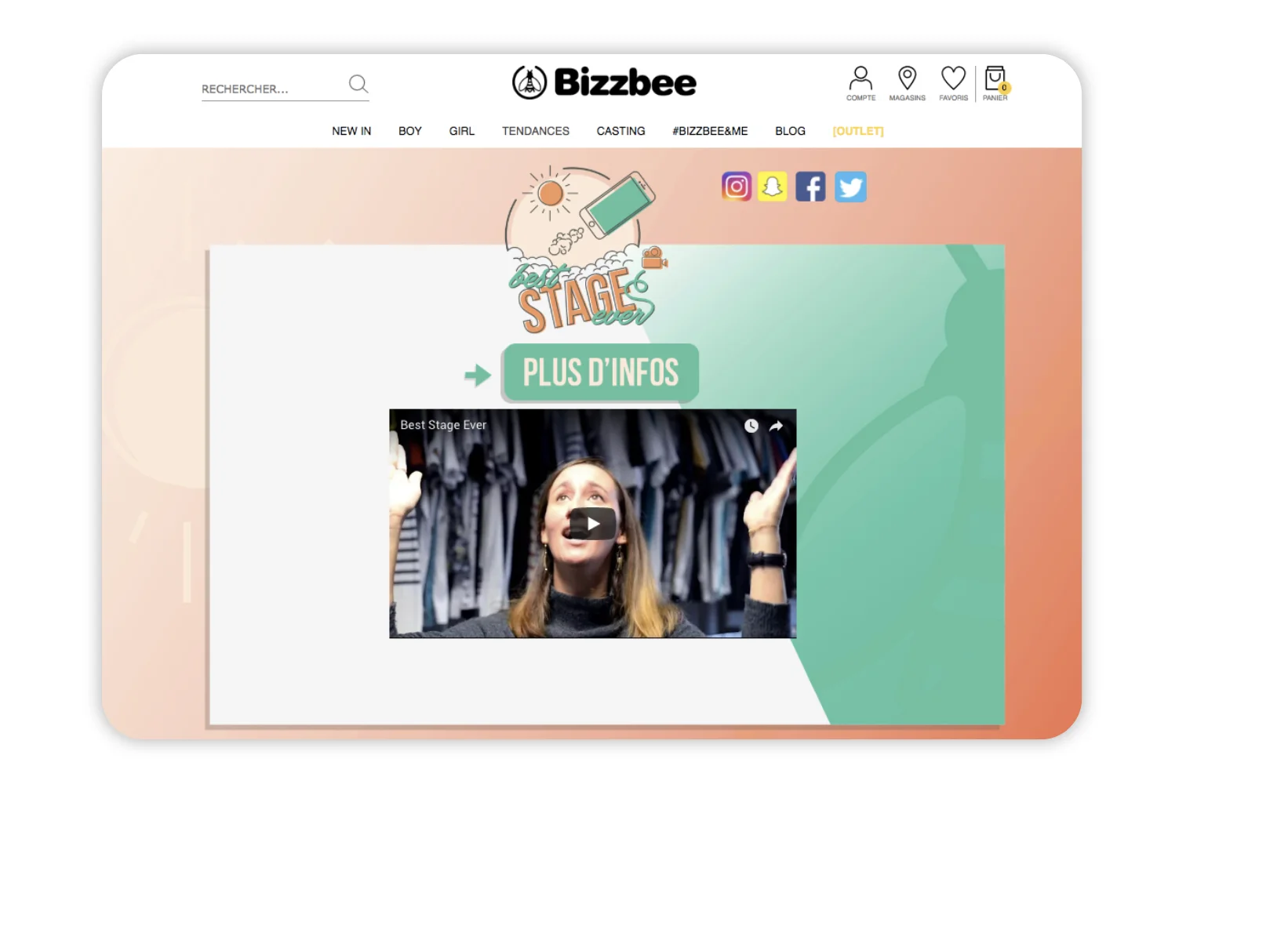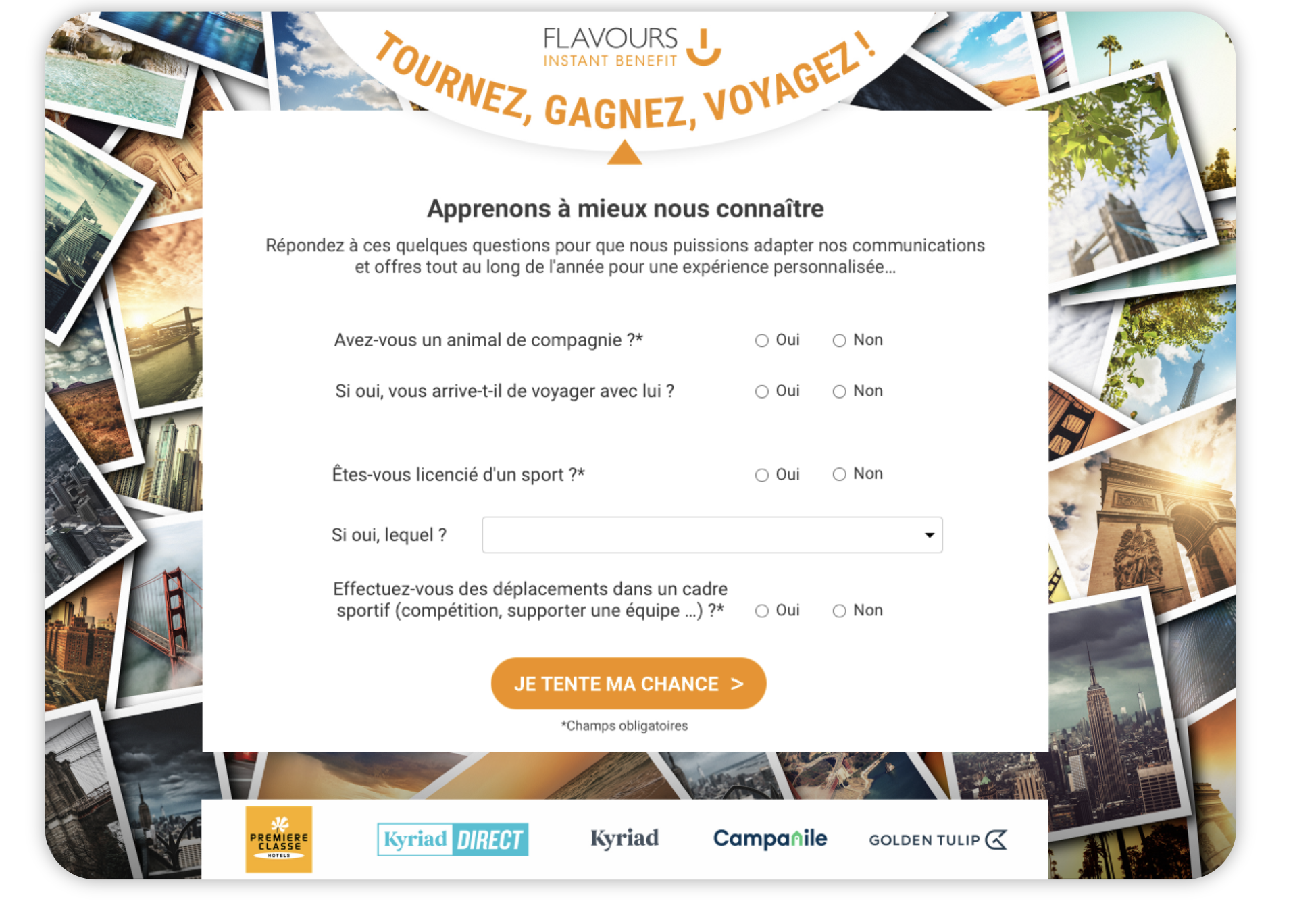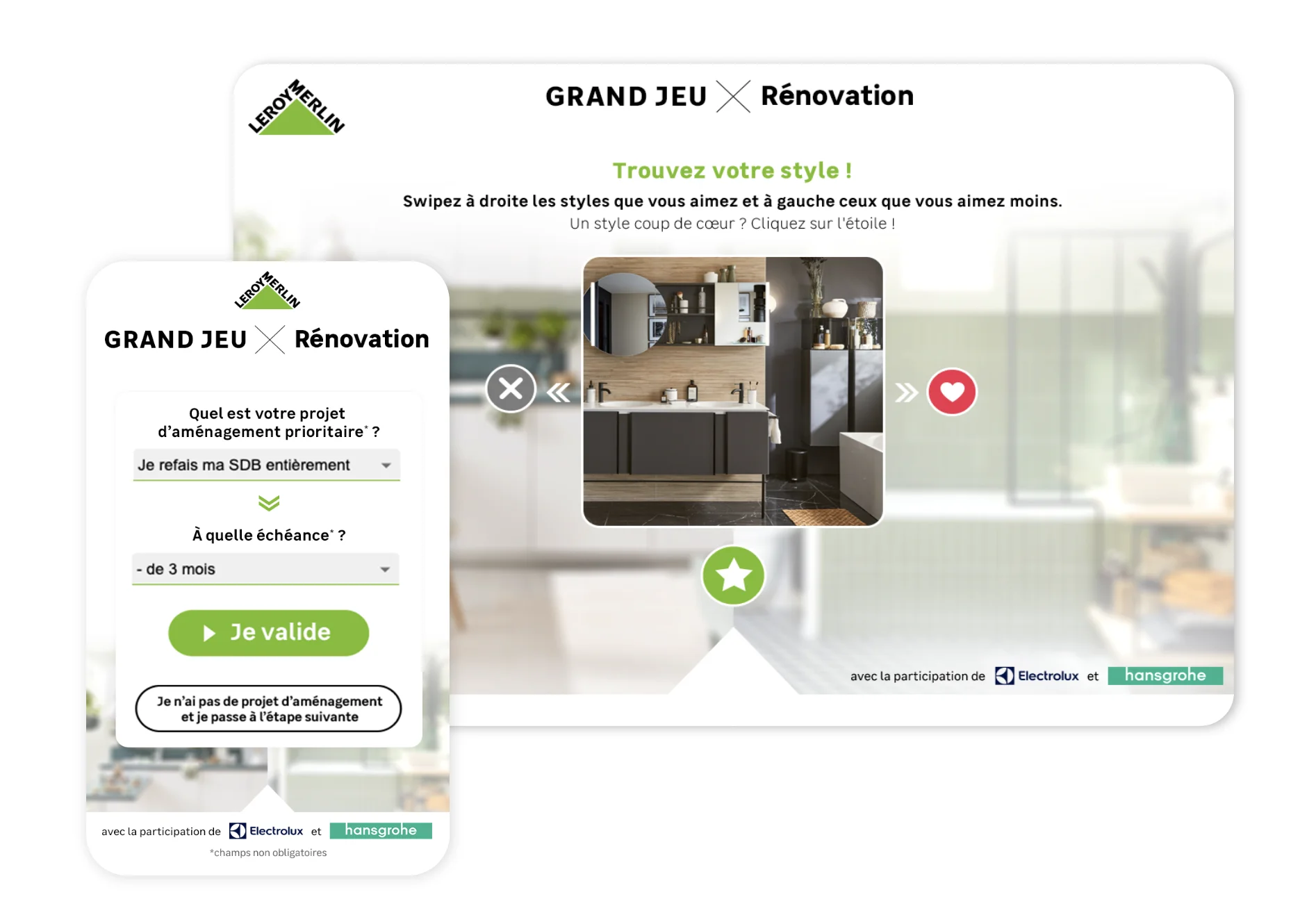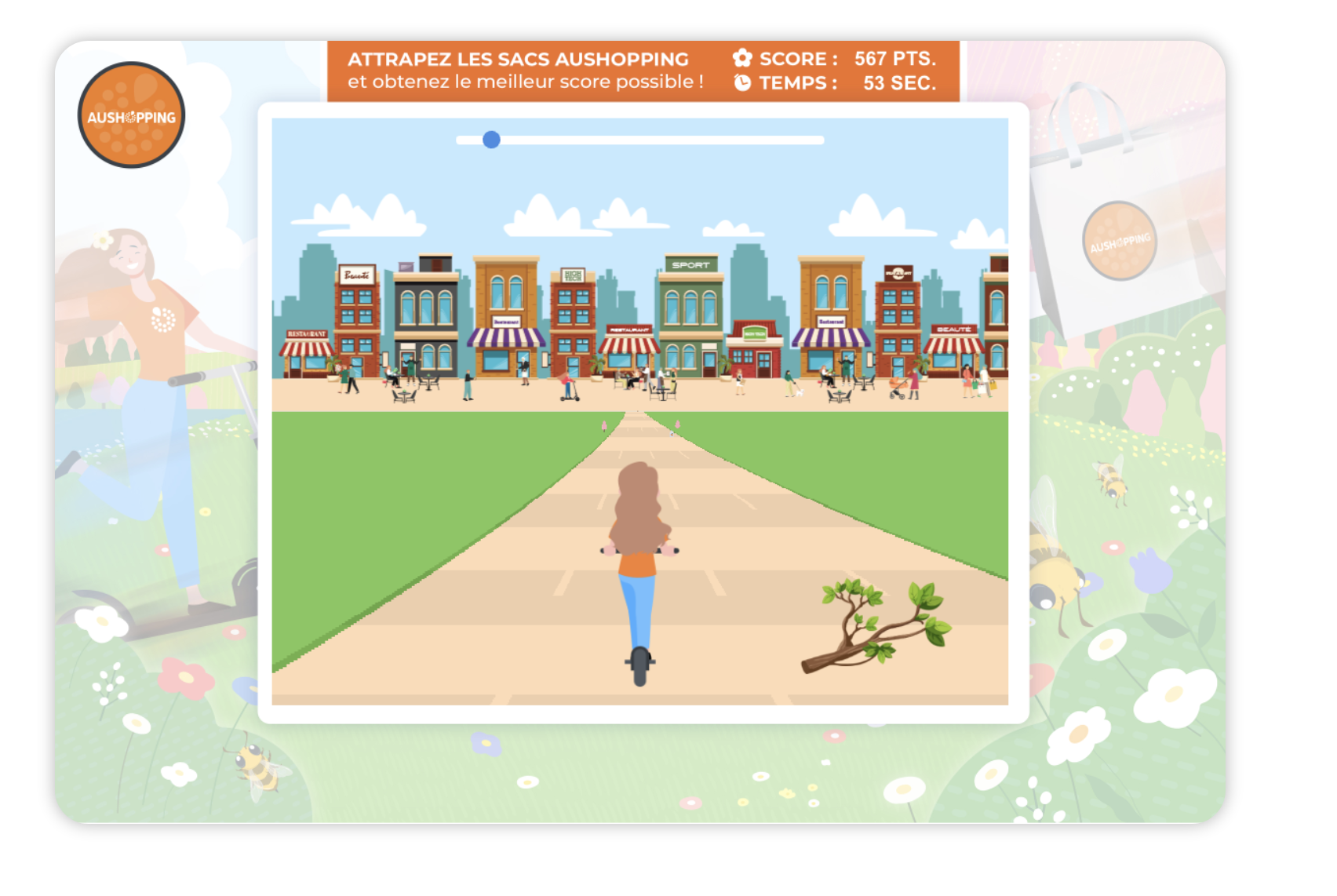
Mother’s Day: 3 examples of original marketing competitions
With the arrival of Spring and the return of fine weather, the French are looking forward to the May bank holidays, as well as Mother’s Day. This is a symbolic event and therefore a key moment on which brands can capitalise.
Mother’s Day marketing campaigns are a strategic way of raising visibility, stimulating a community and boosting sales. In this article, we share some ideas for Mother’s Day competitions based on the objectives to be achieved.
Mother’s Day: a key commercial event for brands
Mother’s Day (which takes place on the last Sunday in May in France) is an event celebrated by more than 80% of French people. It’s a time to celebrate mothers and spend time with loved ones. It generates major spin-offs for brands. This is the second biggest marketing event in France in terms of gifts, just behind Christmas.
It has an impact on company sales and is a major boost to revenues. In France, the budget for Mother’s Day is 66 euros. Brands use this opportunity to showcase their products and services or share gift ideas with their customers.
Mother’s Day is an opportunity to communicate values. Retailers can share campaigns that will strengthen their brand image, raise their profile, increase their sales strengthen relationships with their audience.
Gamification to communicate around Mother’s Day
To stand out from the crowd at this major event, companies can engage their community with fun, interactive experiences. Gamified marketing, or the introduction of playable elements into campaigns, is a lever for capturing an audience’s attention.
Companies can turn to different marketing game formats. A photo contest can engage the community around a challenge while generating content (or UGC for User Generated Content) that the brand can share.
The sales promotions, in-store or online, enable you to :
- Collecting data to understand customer expectations around Mother’s Day;
- Share gift recommendations based on collected product preferences;
- Generate sales by sharing incentives such as e-coupons, gift cards, etc.
- Build loyalty among the leads generated by collecting opt-ins so that they can be retargeted throughout the year.
Here are 3 examples of original interactive campaigns inspired by gamification, such as the Mother’s Day marketing campaign.
1. Mother’s Day competitions to stimulate your community
Mother’s Day is an opportunity to forge closer links with the community. The campaigns surrounding this special day are an opportunity to promote family values.
Brands can take advantage of Mother’s Day to create a close relationship with their audience. Using sales events to extend the time spent with the brand.
Example: Galeries Lafayette’s Mother’s Day game
For Mother’s Day, Galeries Lafayette have come up with a 100% winning One-Armed Bandit via a game terminal installed for 3 days in 6 shops in France. Results exceeded expectations, with above-average participation. The 1 minute 20 second game time demonstrated an interest in the animation, confirming the success of this campaign.

Mother’s Day competition was available in mobile format via a QR code. This strategy increased the reach of the campaign. It made it possible to animate all the shops, with
a 100% winning concept. In addition, this co-branding operation made it possible to collect opt-ins for Galeries Lafayette and its partner brand, Rosemood.


2. A Mother’s Day sales promotion to engage customers
To build customer loyalty, brands need to multiply the number of points of contact. Trade fairs are strategic in terms of engagement because they offer opportunities to connect with the audience.
For Mother’s Day, many people turn to social networks to find gift ideas. It’s a good idea to create a competition to engage prospects and customers and move them along the buying funnel.
Example: SFR’s Mother’s Day campaign
SFR’s Mother’s Day campaign in the Caribbean aimed to raise brand awareness by engaging its audience. The mechanics Match 3 was a resounding success, boosted by Adictiz Ads media coverage. Participants were highly engaged, spending an average of 11 minutes on the game per user.


3. A marketing game to generate sales for Mother’s Day
Finally, Mother’s Day is an opportunity to encourage consumers to buy their gifts. The competition is a tool for generating sales, as it allows you to share attractive incentives (vouchers, discounts, free products, etc.) with your customers.
Gamification makes it easier to personalise recommendations by offering retailers methods of collecting product preferences.Via mechanisms such as Swiper or Gift Finder. Brands will be able to offer customised gift guides that are effective in generating conversions.
Example: Galeries Lafayette’s Mother’s Day marketing campaign
To mark the occasion, Les Galeries Lafayette offered its customers the chance to win gift cards. This instant win strategy ( the Pinata) has enabled us to collect qualified leads and boost conversions.
This strategy, based on encouraging purchases, was based on an end page that directed users to offers, while encouraging them to use the gift card on the merchant site.


Conclusion
Stand out from the crowd this Mother’s Day by offering your prospects and customers the chance to take part in a competition. Thanks to our 100% customisable mechanics, you’ll be able to capture buyers’ attention and move them up your sales funnel!





















